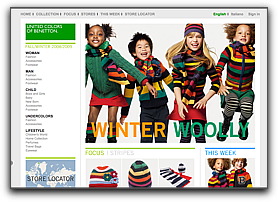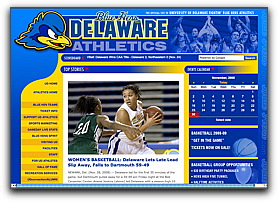Color for the web
For web images, we'll use the RGB color scheme (as opposed to the CMYK scheme used for print).
Definitions: value (light/dark), saturation (intensity), spectrum, hue (color)
- value: commands attention, speaks softly, relative to other values
- saturation: kids love pure saturation (check out kids toys)
- color relationships needed for web pages & design, i.e., analogous color scheme
Interactive color wheel
Interactive color palette pickers
Color identification systems:
- RGB stands for red, green, blue as the three basic colors created by computer displays
- CMYK stands for cyan, magenta, yellow, black as the basic four-color printing process
- Web names
- Hexadecimal color notation
- Octal "shorthand" notation
- Web-safe color palette is a somewhat dated model that represented the 255 colors that could be commonly displayed on all computer monitors
Color schemes:
- monochromatic: Mint, Superfluous Banter
- analogous: urlgreyhot (delivered via a content management system)
- complementary: Rob Goodlatte
- ...and other variations of these three: split-complementary, triadic, tetradic.
Color overlaps accessibility in the area of color blindness. A web site designed with accessibility in mind will ensure that no important information is dependent on color identification. For instance, there won't be buttons that say, click the green box to purchase and click the red box to cancel. For more information, read WebAIM's Visual Disabilities page.
Color management for the color blind


